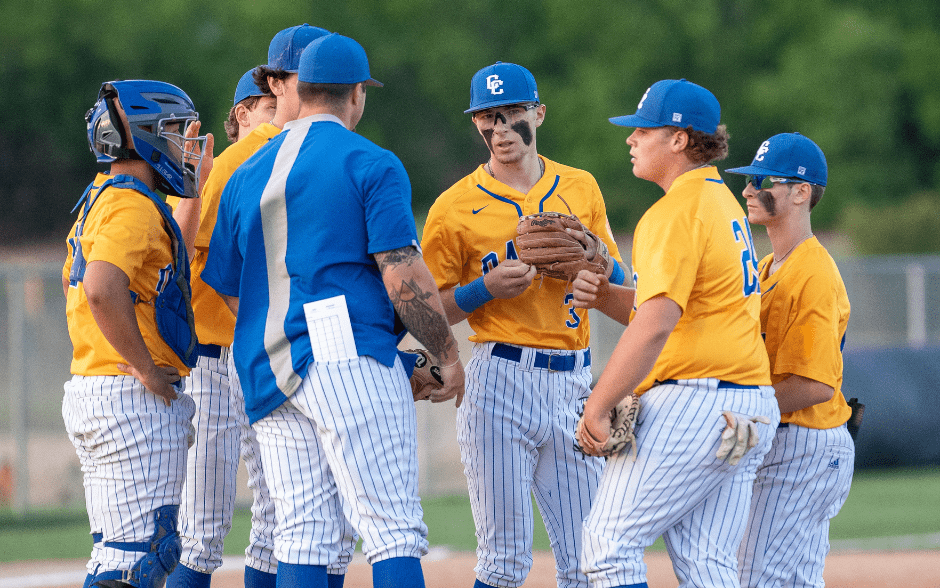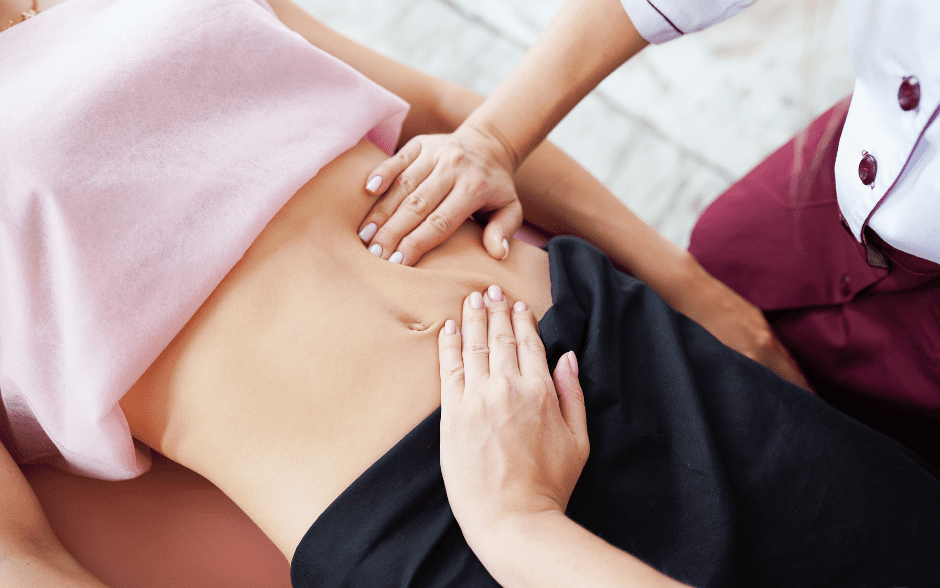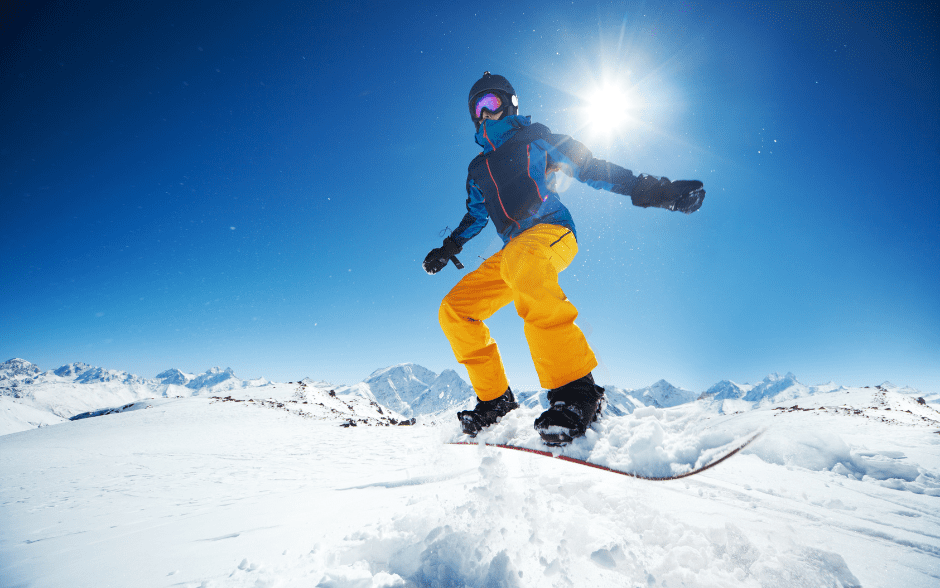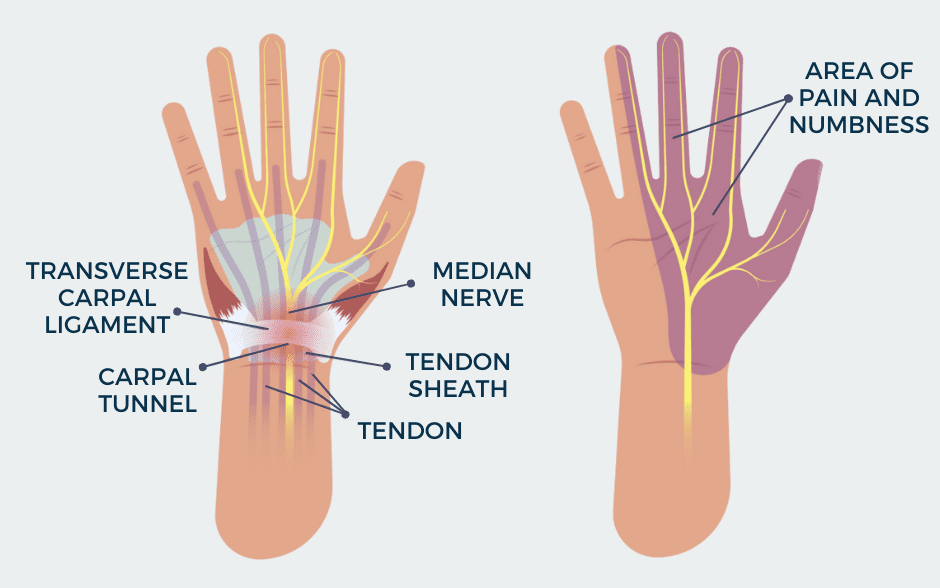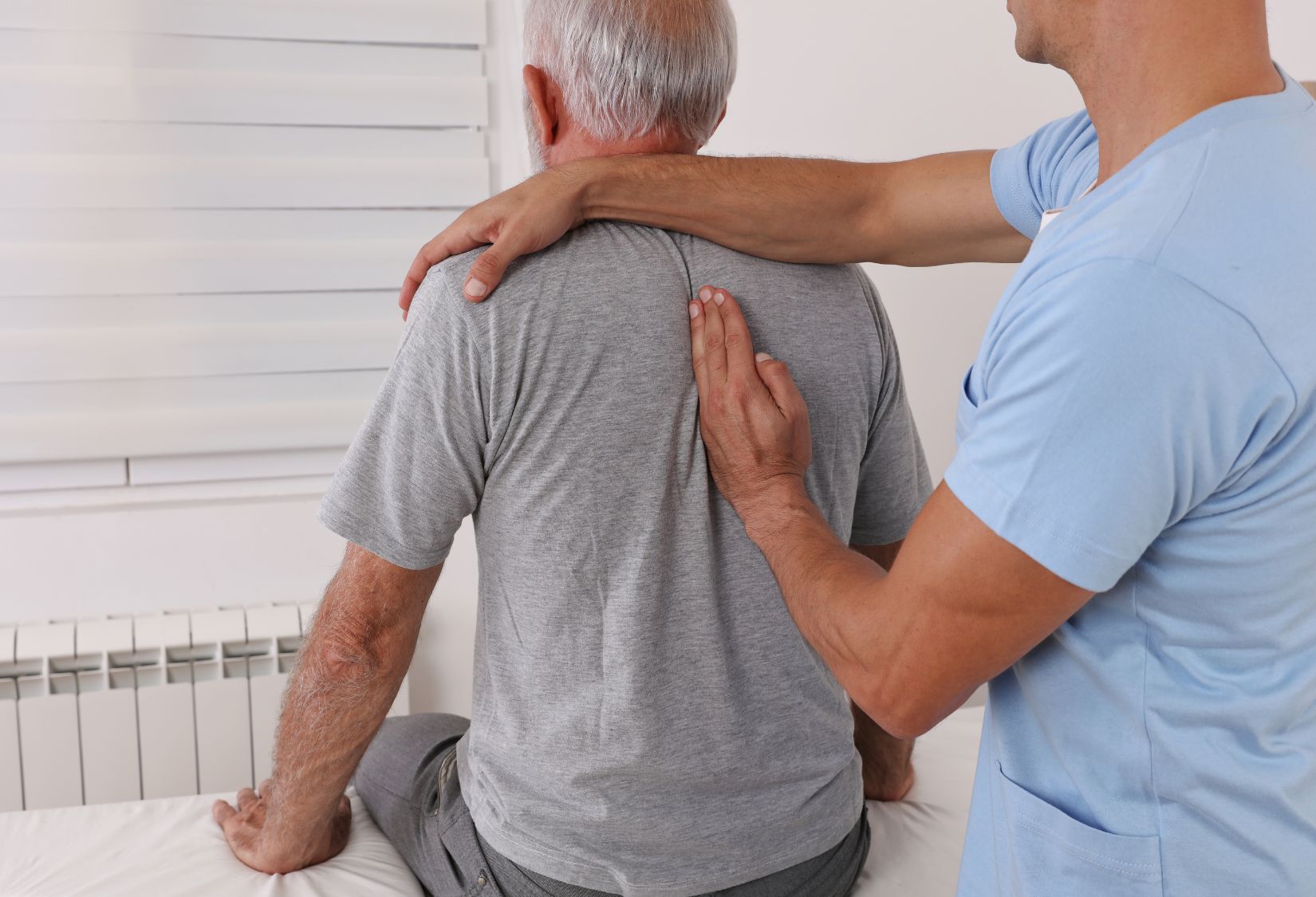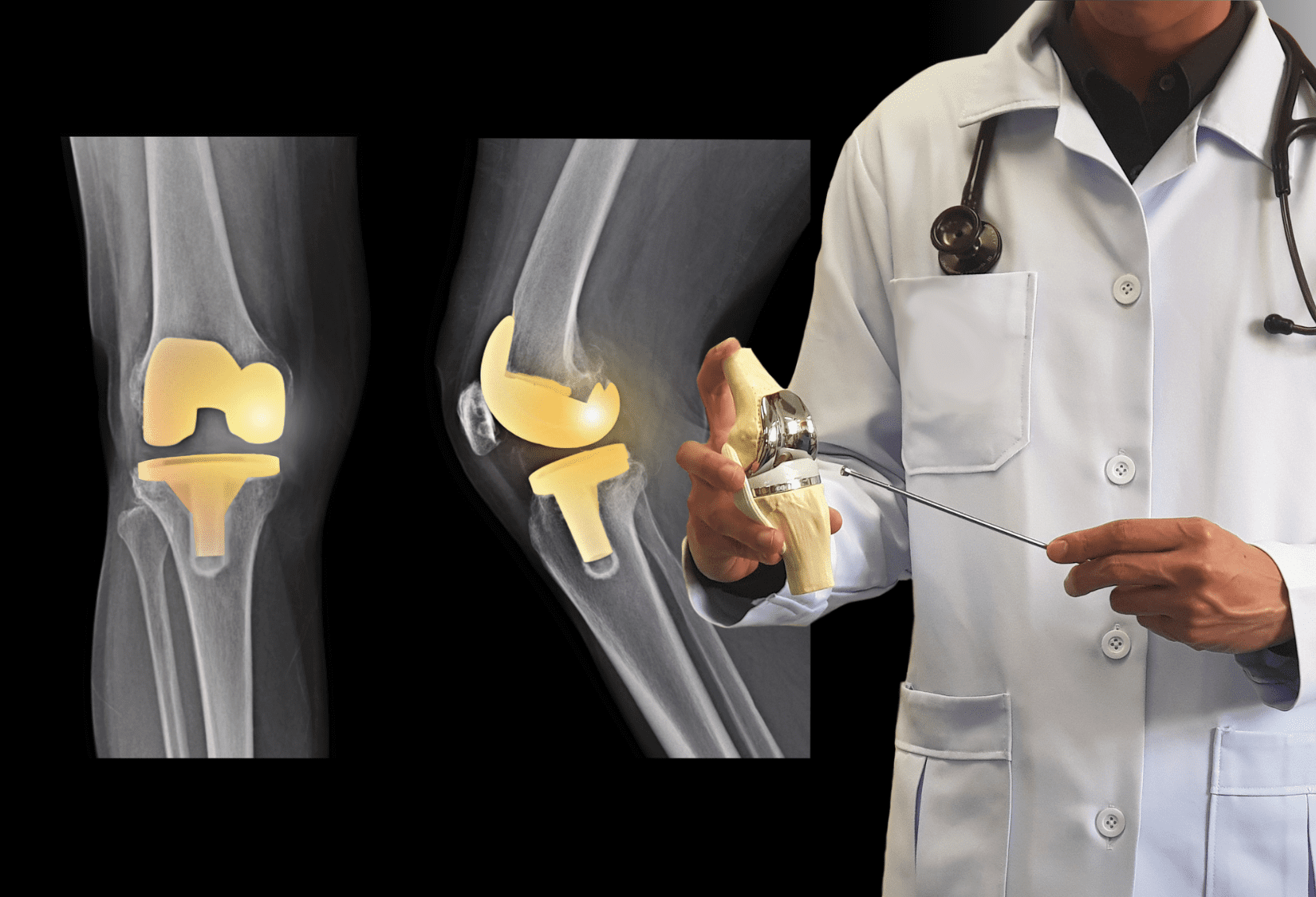As the leaves change colors and the crisp air sets in, the fall sports season kicks off. However, along with the excitement and competitiveness of these sports, there is an unfortunate risk of injuries. Young athletes are particularly vulnerable, but with proper prevention and rehabilitation, they can bounce back stronger than ever. In this blog post, we will discuss the most common fall sports injuries, strategies to prevent them, and the vital role of physical therapy in the recovery process.
Common Fall Sports Injuries
A CDC study found that over 50% of children aged 6-17 participate in school or community sports, while over half a million college students engage in sports, according to the NCAA. As autumn approaches, child athletes have a busy schedule ahead of them. In the United States, popular fall sports include cheerleading, cross country, field hockey, football, golf, gymnastics, soccer, tennis, and volleyball. It’s worth noting that sports injuries are prevalent, particularly among younger children whose bodies are still developing. Sports-related injuries account for one-third of all childhood injuries. Here are some of the most common injuries to be aware of:
Concussions
Concussions are a type of traumatic brain injury that occurs when the brain shifts within the skull due to a bump, blow, or jolt to the head or body. This can result in chemical changes in the brain that lead to physical and cognitive impairment. Concussions commonly occur in football and soccer.
Sprains and Strains
When the body experiences direct physical trauma or unnatural twisting or bending, ligaments can stretch or tear, resulting in a sprain. On the other hand, muscles or tendons – the fibrous tissues that connect muscles to bones – can be injured, resulting in strains. Strains can range from mild overstretching to full tears that may even require surgical repair.
ACL / MCL Injuries
Injuries to the anterior cruciate ligament (ACL) and medial collateral ligament (MCL) are common in sports that require frequent stops, starts, and pivots, such as soccer, field hockey, football, and tennis. The ACL is a ligament that connects the upper thigh bone to the shinbone and is located in the middle of the knee. The MCL, which stabilizes the knee joint and enables slight rotation, is situated on the inner of the knee. MCL injuries can occur in sports that involve direct contact, such as football, as well as those that necessitate quick side-to-side movements, such as field hockey and soccer. The ligament can experience mild overstretching, known as a sprain, or complete tears.
Fractures
Fractures are partial or complete breaks in bones that result from direct physical injury or repetitive stress that weakens the bone over time. Individuals who participate in fall sports, particularly athletes, are at risk of experiencing fractures. The location and severity of the fracture determine the treatment and recovery process.
Tendinopathy
Tendinopathy is the inflammation of any tendon in the body that causes pain, discomfort, and swelling. It is usually triggered by improper form or overuse. Sports-related tendinopathy examples include tennis elbow, golfer’s elbow, rotator cuff tendinopathy, and Achilles tendinopathy.
Shin Splints
Shin splints, also known as medial tibial stress syndrome, is a painful condition that affects the muscles, bones, and/or tissues in the shins. It commonly occurs in runners, particularly those who have recently increased their training intensity or changed their routines.
Runner’s Knee
Runner’s knee is a term used to describe a variety of conditions that result in dull, persistent pain behind or around the kneecap (patella). These conditions can be attributed to various factors such as overuse, trauma, and weak or tight muscles, affecting the cartilage, tendons, and other soft tissues of the knee. Any athlete who engages in extensive running without adequate conditioning may experience a runner’s knee.
Preventing Tips
To prevent injuries during physical activity, it is crucial to warm up and stretch before engaging in any strenuous exercises. This increases blood flow and decreases the chances of straining any muscles. To sustain a healthy and balanced physique, athletes should focus on strength training and conditioning exercises. Wearing protective equipment like helmets, padding, mouthguards, and appropriate footwear can greatly reduce the impact of any falls or collisions. It is also important to take adequate rest periods and allow time for recovery to prevent injuries caused by overexertion during training.
Physical Therapy After a Sports Injury
It may be tempting to skip physical therapy after a sports injury, but this can have long-lasting effects on the body’s health and function. Professional therapy is crucial to preventing and recovering from injuries sustained during fall sports. Our clinic offers a comprehensive program for young athletes that can assist in rebuilding strength and movement, managing pain, preventing permanent damage and recurring problems, as well as accelerating the recovery process. Athletes will benefit from a combination of hands-on therapies, which includes a modern manual technique called Strain Counterstrain, hyperbaric oxygen therapy, targeted exercise, stretching, and education. This combination will help improve balance and stability, teach proper technique and form, practice warm-up and cool-down exercises, strengthen muscles, and align the body.
Fall sports injuries can dampen an athlete’s season, but with proper prevention strategies and effective physical therapy, young athletes can overcome these obstacles and return even stronger. Remember, an injury doesn’t have to be the end of the season; it can be a stepping stone toward a stronger and more resilient future. Stay safe, play smart, and embrace the joy of fall sports!

